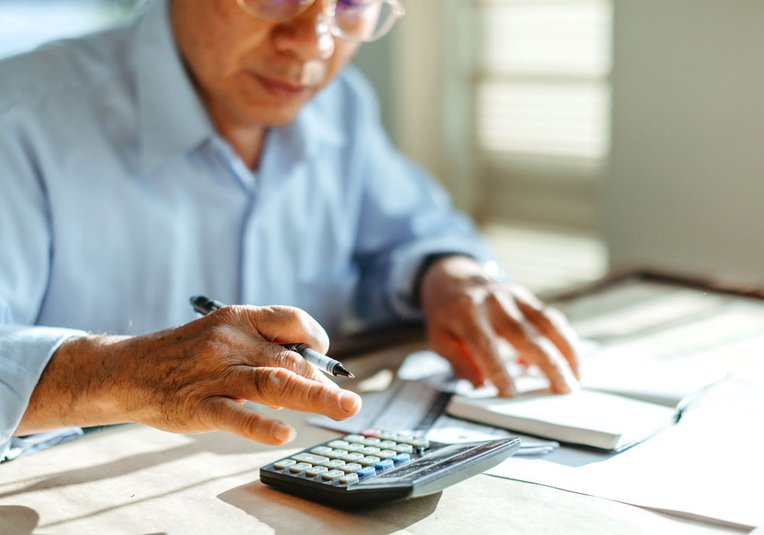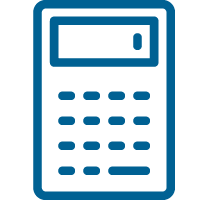 Ed Monk, Fidelity International
Ed Monk, Fidelity International
Important information - please remember that the value of investments and the income from them can go down as well as up, so you may not get back what you invest.
For many people approaching retirement, withdrawing a large chunk of cash from their pension as soon as they can is a key part of the plan.
Tax-free cash is one of the most popular elements of the pension system - and it’s no surprise why. Pension rules normally allow as much as 25% of the value of a pension pot to be withdrawn without income tax to pay (up to a maximum of £268,275) from age 55, many years before people actually stop work. This is the minimum age you can normally access your pension savings and is due to rise to 57 on 6 April 2028, unless you have a lower protected pension age.
It offers a potential cash boost as you approach retirement that can be used however you wish – whether that’s to clear debt, help grown-up children or to pay for a dream holiday home.
The attraction of tax-free cash is clear, but taking it isn’t always the right call. With a quarter of your pension pot generally at stake – a pot that’s there to support you for the rest of your life – it’s important to take tax-free cash in a way that suits you best.
Here’s four key questions to ask yourself if you are approaching the point when you may want to take tax-free cash from your pension.
Do you really need the money?
If you don’t have a very good use for the money right now, be aware that taking the money from your pension only to let it sit in a bank account could come at a cost.
Once it’s in a bank account, any returns it earns could be subject to tax, whereas it would have grown tax-free in your pension. You may be able to re-home your tax-free cash inside an ISA to avoid this, but what you can pay in is limited, currently to £20,000 a tax year.
What’s more, the bank deposit and ISA will be included in your estate for inheritance tax purposes, whereas it is exempt from inheritance tax while in a pension, and having additional assets in a bank or savings account may affect your ability to claim certain state benefits.
What difference does it make to my future income?
If you withdraw money now it clearly cannot then be used in the future to generate an income and that can make a big difference to your retirement income. For example, a person retiring at age 66 with £300,000 saved in a pension could normally withdraw £75,000 under the rules for tax free cash. The pot they would have left over could then generate an income of £14,692*, this based on them purchasing an annuity.
If they were to leave the money inside the pension instead, they would not enjoy that £75,000 lump sum but their income in retirement could jump to £19,590**.
If a person is age 55 (57 in 2028), with many years of work still to go before they retire, then leaving tax-free cash inside a pension also means giving it the chance to grow more - making an even bigger difference to future retirement income, although this isn’t guaranteed.
* and **Current annuity rate (age 65, single, level payment) = 6.53% at Nov. 2023 (Source: Fidelity’s Retirement Advisers)
You need some, but do you need all?
You don’t have to take all of your tax-free cash at once. If your pension scheme supports it, you can access only part of your tax-free cash and keep the rest invested for later. This means you can continue to grow more tax-free cash for the future.
Are you paying income tax?
If you think you do need to take some tax-free cash, consider whether you have used up all of your personal income tax allowance (£12,570 for the tax year 2023-24). If you haven’t used up your personal allowance with other sources of income then it may make more sense to take taxable withdrawals from your pension plan - which would not be liable for tax up to the level of personal allowance - and use less of your tax-free cash.
You can take taxable income from your pension via a number of lump sums, with normally a quarter tax-free and the rest taxed as earnings. You may need to move into a new pension plan to do this.
Accessing your pension in this way does then limit what you can save into a pension from that point onwards, with tax relief continuing to apply. Read more about the Money Purchase Annual Allowance.


 Ed Monk, Fidelity International
Ed Monk, Fidelity International

